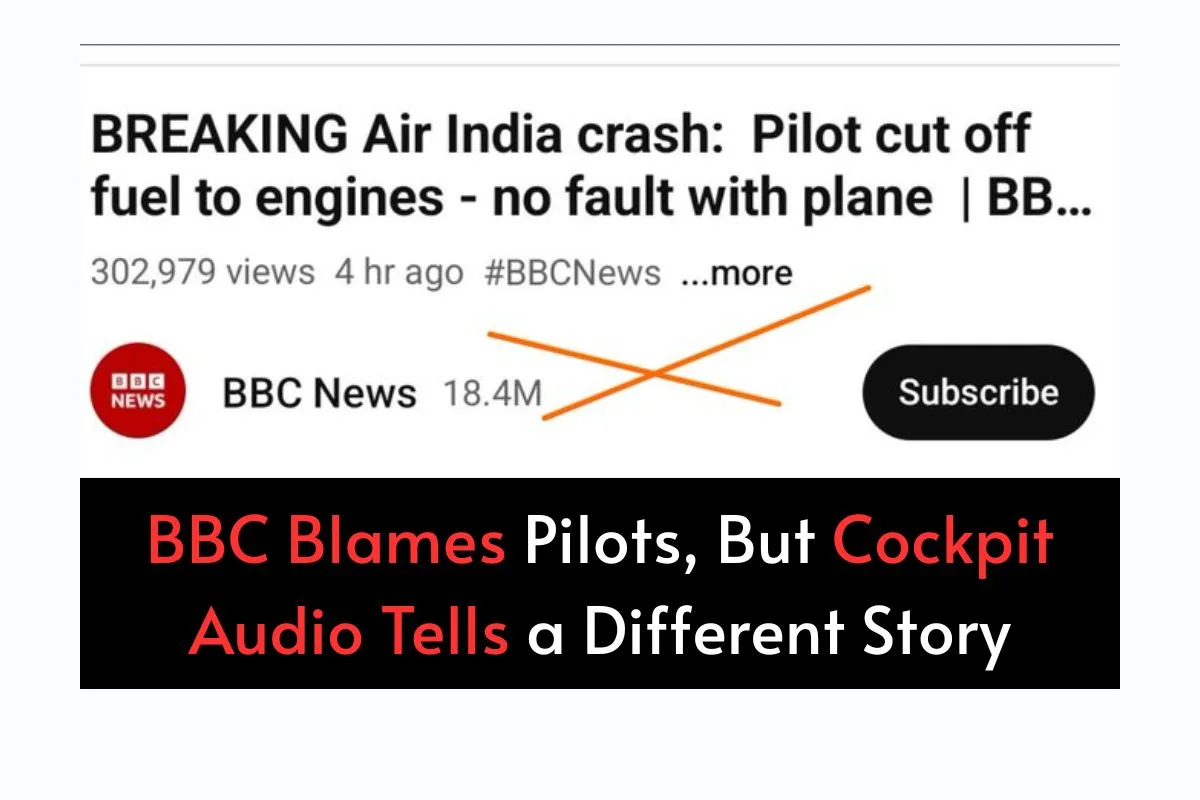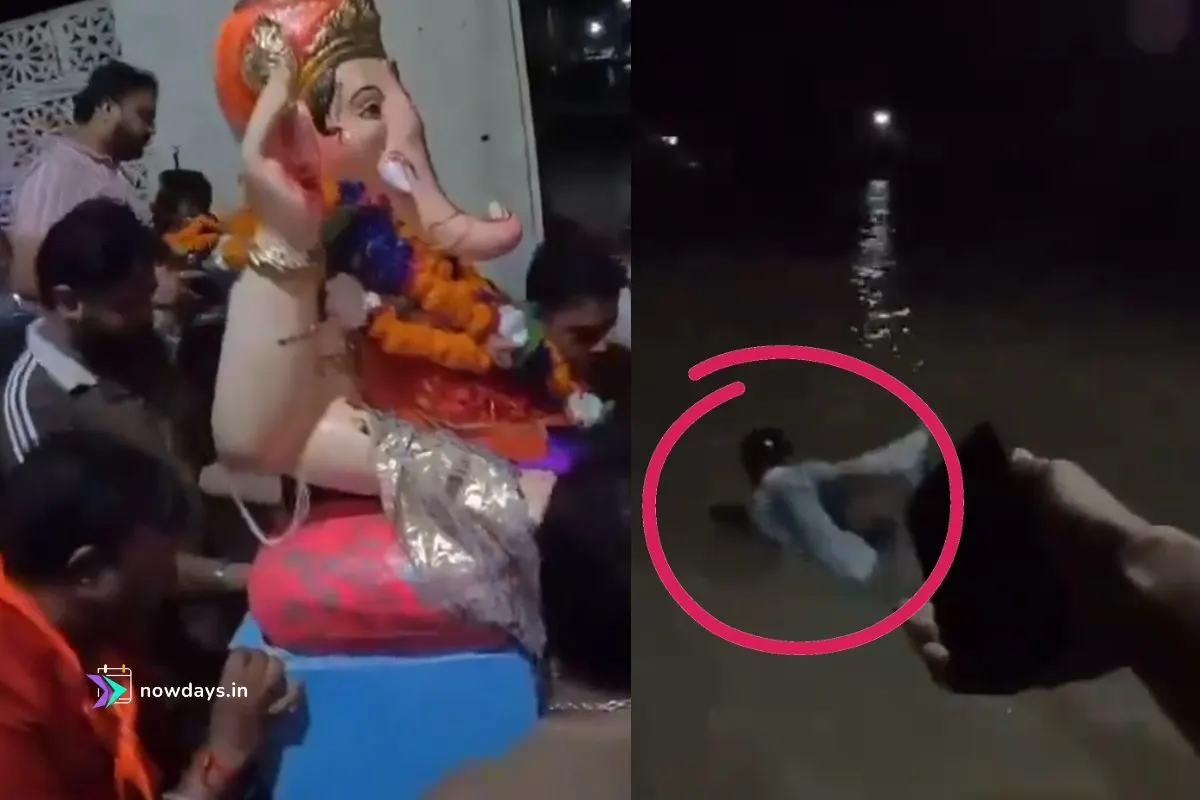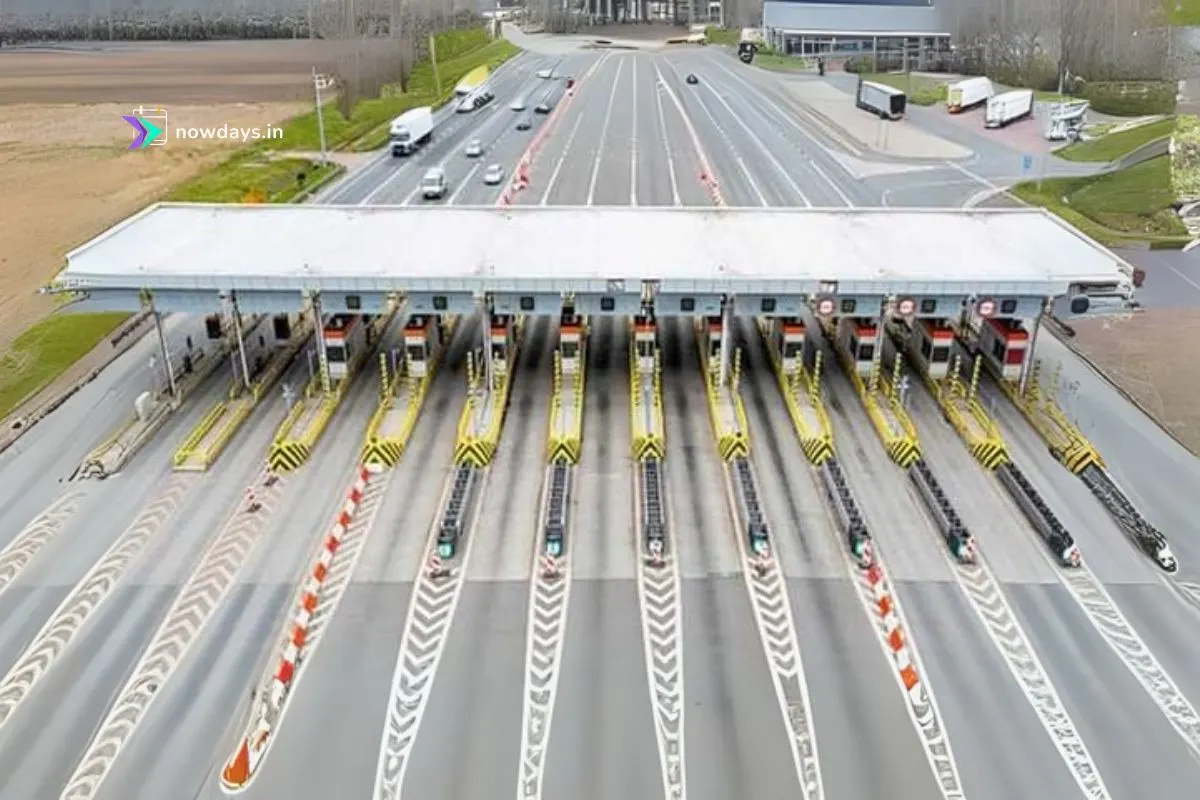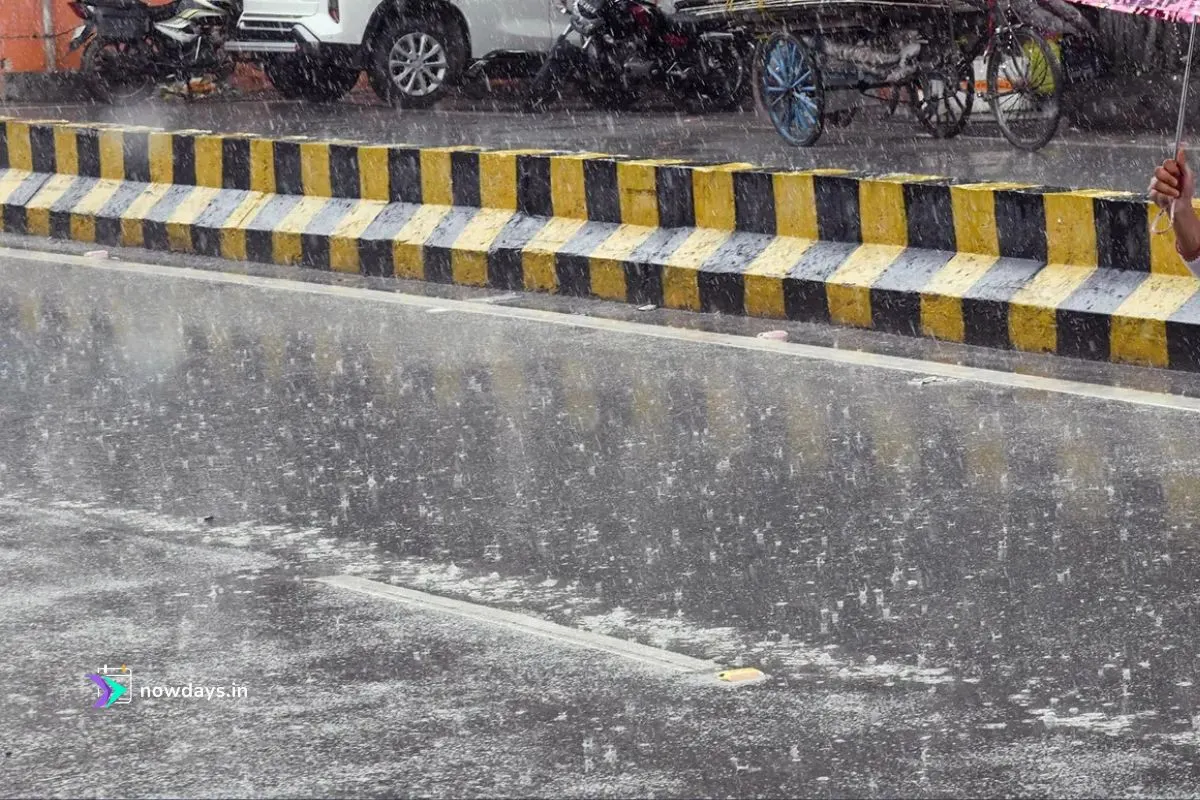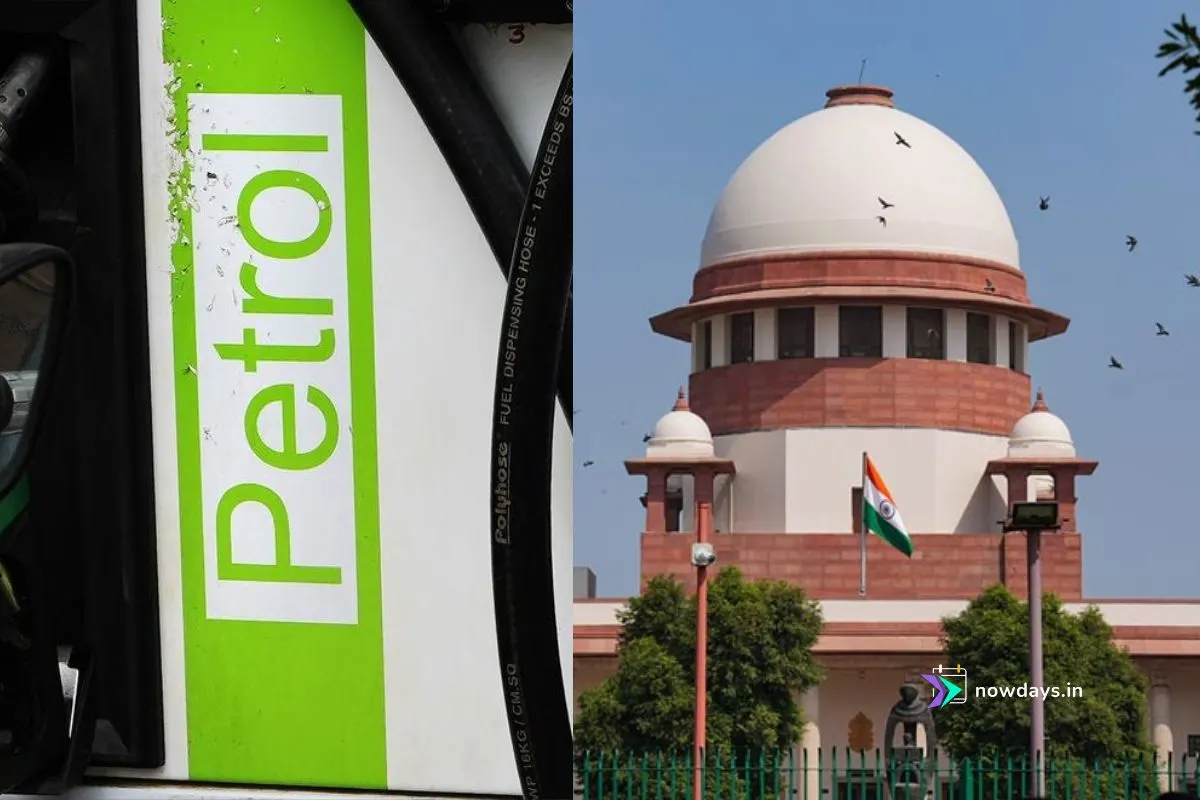The cockpit recordings, which points to a different story, and the early media accounts from the BBC and Western press, which purportedly blamed the pilots for the accident of Air India Flight 171.
On June 12, 2025, Air India Flight 171, a Boeing 787-8 Dreamliner operating a scheduled international passenger flight from Ahmedabad Airport, India, to London Gatwick Airport, UK, crashed approximately thirty seconds after takeoff. The aircraft, carrying 230 passengers and 12 crew members, impacted the hostel block of B. J. Medical College in Ahmedabad, resulting in 260 fatalities (241 on board and 19 on the ground) and one survivor. This marked the first fatal crash of a Boeing 787 Dreamliner since its entry into commercial service in 2011 and is considered one of India’s deadliest aviation disasters in recent memory.
Media Coverage and Perceived Pilot Blame
Initial media coverage, particularly from outlets like the BBC and Western press, focused on the immediate aftermath of the crash, speculating on possible causes due to the rapid sequence of events. Articles from June 2025, such as those published by the BBC, discussed potential causes including pilot error, engine failure, bird strikes, and flap issues, as seen in the article “What could have caused Air India plane to crash in 30 seconds?” (published June 13, 2025, [https://www.bbc.com/news/articles/c626y121rxxo]). These reports often cited aviation experts and pilots who suggested human error in the cockpit as a possible factor, especially given the rarity of such crashes shortly after takeoff.
Read more: Investigators have released their preliminary report on the crash of AI171
For instance, a BBC article from June 12, 2025, noted, “Various theories have been posited as to what could have caused the crash in Ahmedabad, but one pilot I spoke to said that nowadays it’s rare for a manufacturer fault to cause a fatal incident. Barring the very notable exception of the Boeing 737 Max crashes, he said, most were down to human error in the cockpit” ([https://www.bbc.com/news/articles/cje7542k0gno]).The user’s perception that the BBC and Western press “blamed” the pilots likely arises from these early speculations, which are common in initial reporting before official investigations provide clarity. However, these reports did not definitively conclude pilot error but presented it as one of several hypotheses, awaiting further investigation. This initial framing may have contributed to the controversy, especially as later evidence emerged.
Cockpit Audio and Preliminary Report Findings
The preliminary investigation report, released on July 12, 2025, by India’s Aircraft Accident Investigation Bureau (AAIB), provided critical insights through the analysis of the cockpit voice recorder (CVR) and flight data recorder (FDR). The report found that at 08:08:42 UTC, both Engine 1 and Engine 2 fuel cutoff switches transitioned from the RUN to CUTOFF position, one second apart, leading to a loss of thrust and subsequent crash. The cockpit audio captured a significant exchange: one pilot asked, “Why did you cut off?” to which the other responded, “I did not do so” ([https://www.bbc.com/news/articles/cx2gy78gpnqo]).
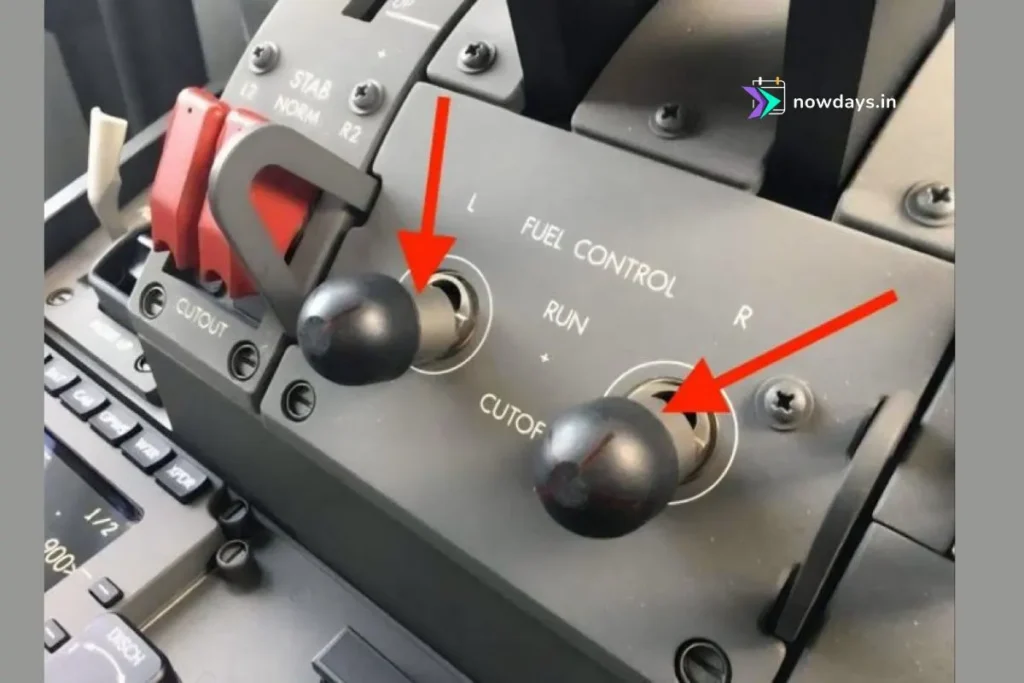
This dialogue indicates confusion in the cockpit, suggesting that the pilots were not aware of or responsible for the fuel switch movements.The report also noted that the fuel control switches are designed with a lever-lock feature to prevent accidental activation, requiring them to be pulled up to unlock before flipping, a safety feature dating back to the 1950s ([https://www.bbc.com/news/articles/cx2gy78gpnqo]).
This design raises questions about how the switches could have been moved, whether by human action, mechanical failure, or other factors. At the time of takeoff, the co-pilot was flying the aircraft, while the captain was monitoring, but the recording does not clarify which pilot made which remark. The pilots’ experience levels were significant: Captain Sumeet Sabharwal had approximately 15,600 flight hours, including 8,600 on the Boeing 787, while First Officer Clive Kunder had around 3,400 flight hours, with over 1,100 on the 787 ([https://en.wikipedia.org/wiki/Air_India_Flight_171]).
The preliminary report did not identify mechanical faults or recommend immediate safety actions for operators or manufacturers, stating that the cause of the fuel switch movements remains under investigation ([https://www.dw.com/en/air-india-crash-linked-to-sudden-fuel-switch-shutdown/a-73248795]). It also mentioned that simulations by Air India pilots, attempting to recreate the crash scenario, found that deploying landing gear and retracting wing flaps did not alone cause the crash, and electrical failures causing dual-engine flame-out were explored ([https://www.bloomberg.com/news/articles/2025-07-01/simulation-of-crashed-air-india-jet-puts-focus-on-technical-flaw]).
Read more: Operation Sindoor: No Loss to India? 21 Indians Dead Raise Questions
Detailed Analysis of Discrepancy
The discrepancy highlighted by the user—between media reports blaming pilots and the cockpit audio telling a different story—can be attributed to the timing and nature of reporting. Early media coverage, lacking access to the CVR and FDR data, relied on expert opinions and historical precedents, often leaning toward human error as a default explanation for aviation incidents. This is evident in articles like “Boeing: What does the Air India crash mean for the plane maker?” where pilot error was mentioned as a common cause ([https://www.bbc.com/news/articles/cje7542k0gno]). However, once the preliminary report was released, it became clear that the cockpit audio revealed confusion, not deliberate action, challenging the initial narrative.
The controversy lies in the initial speculation versus the emerging evidence. For instance, a Reuters article from July 12, 2025, quoted experts questioning why a pilot would move the fuel switches, as it’s not accidental, but also noted the Civil Aviation Minister advising against jumping to conclusions ([https://www.reuters.com/business/aerospace-defense/india-finds-engine-switch-movement-fatal-air-india-crash-no-immediate-action-2025-07-11/]). This reflects the complexity of the situation, with the cockpit audio suggesting that the pilots were as perplexed as investigators about the switch movements.
Supporting Evidence and Expert OpinionsFurther details from the investigation include the following, summarized in the table below for clarity:
| Category | Details |
|---|---|
| Cockpit Audio Details | – One pilot asked, “Why did you cut off?”; the other responded, “I did not do so.” – Unclear which remarks were made by Captain Sabharwal or First Officer Kunder. – Mayday call transmitted before crash, pilot not identified. |
| Pilot Experience | – Captain Sumeet Sabharwal: 15,638 hours, 8,600 on Boeing 787, pilot monitoring. – First Officer Clive Kunder: 3,403 hours, 1,100 on Boeing 787, pilot flying. |
| Preliminary Report Findings | – Fuel switches moved to CUTOFF at 08:08:42 UTC, one second apart. – Throttles kept at takeoff thrust until impact, but found in idle position post-crash. – Cause of switch movements under investigation, no mechanical faults identified. |
| Simulation Results | – Air India pilots simulated takeoff, found landing gear and flap settings did not cause crash. – Explored electrical failures causing dual-engine flame-out. |
| FAA Warning | – 2018 SAIB NM-18-33 warned of fuel switch locking feature disengagement in 737s. – No record of Air India inspecting incident aircraft; throttle module replaced twice (2019, 2023) for unrelated reasons, no defects since 2023. |
This table encapsulates the key technical and operational details that inform the investigation’s current state.
The user’s query reflects a valid concern about the initial media narrative versus the cockpit audio evidence. While early reports may have suggested pilot error, the cockpit audio and preliminary findings indicate a more complex scenario involving confusion and potentially systemic or mechanical factors. The investigation is ongoing, with the final report expected to provide further clarity. This case underscores the importance of waiting for official investigations before drawing conclusions, especially in sensitive and high-stakes incidents like aviation crashes.
This survey note is based on information available as of July 12, 2025, and includes citations from reputable sources such as the BBC ([https://www.bbc.com/news/articles/cx2gy78gpnqo]), Reuters ([https://www.reuters.com/business/aerospace-defense/india-finds-engine-switch-movement-fatal-air-india-crash-no-immediate-action-2025-07-11/]), and Wikipedia ([https://en.wikipedia.org/wiki/Air_India_Flight_171]) to ensure accuracy and transparency.
